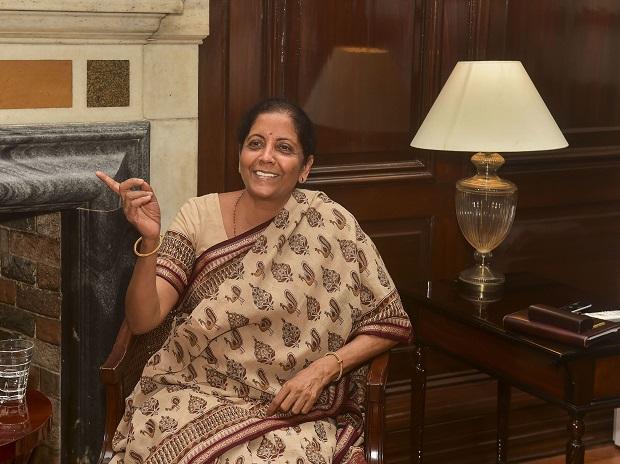Why PM Modi chose Nirmala Sitharaman for the finance ministry job
The top job in the finance ministry opened up as Arun Jaitley, who held the role at some stage in Modi’s first five-year term, made himself unavailable for fitness reasons
Partly by using default, and partly through design, Prime Minister Narendra Modi has managed to assemble a newish-looking group for his second term. Hopefully, the freshness will raise over to ideas.
The pinnacle job in the finance ministry opened up as Arun Jaitley, who held the function at some stage in Modi’s first five-year term, made himself unavailable for health reasons.
The top minister picked Nirmala Sitharaman to turn out to be India’s first full-time lady finance minister.
(1) Sitharaman earlier treated defense and commerce however lacks the ride traditional for what’s traditionally regarded the cabinet’s No. 2 job, having been a member of parliament for solely 5 years. Several of India’s past finance ministers have long past on to end up top ministers and presidents.
So perhaps the top minister himself needs to be closely involved in supervising the economy. That’s appropriate and bad. Decisive management is required to unclog the jammed monetary channels, briskly privatize state-run businesses, and give non-public investments a decisive push. The risk with strongmen leaders is that they tend to provide quick shrift to institutions and independent-minded counsel, some thing that Sitharaman herself will need to be mindful of when imposing her boss’s plans.
What the new Indian finance minister lacks in heft, she ought to make up with organizing ability, as a kind of coordinating minister for economic affairs. A signature reform buyers anticipate from Modi’s 2d time period is a new labor regulation – a single, bendy code to exchange a plethora of antiquated rules. With Sitharaman as the point character for finance, and Modi retaining a close tab, the labor ministry will be working time beyond regulation to deliver a bill. Ditto for land acquisition, a essential roadblock for infrastructure and industrial projects, as my colleague Anjani Trivedi wrote recently. The BJP has a comfortable single-party majority in the decrease residence of parliament, and can also reap manipulate of the higher residence through next year. That augurs well for a simplified, less-time-consuming regulation for obtaining and pooling farmland for new purposes, some thing Modi used to be unable to carry thru in his first term.
Sitharaman’s not-to-do list will be equally crucial. Given how badly India desires chance capital from the relaxation of the world, one of her priorities will be to rein in an overzealous bureaucracy itching to raid the central bank’s reserves. That misadventure, if encouraged, would further emasculate the Reserve Bank. Her other project will be to extricate the government think tank from meddling in GDP statistics, whose excellent has lately grow to be a pet peeve of investors.
While Sitharaman as finance minister is a extremely surprising selection, the most inspired preference in Modi’s new cupboard is a non-politician. As a diplomat, Subrahmanyam Jaishankar negotiated with the George W. Bush administration to win US acceptance of India as a reliable nuclear power. A former ambassador to each the US and China, Jaishankar – as the new overseas minister – can help New Delhi tiptoe round the trade spat between Washington and Beijing. New Delhi has tons to achieve from a remaking of world supply chains, as nicely as an awful lot at hazard from a tech cold war. The digital Iron Curtain, as my colleague Tim Culpan calls it, will be a assignment for the Modi government’s 2d term. Even as President Donald Trump is decided to isolate Huawei Technologies Co., the Chinese electronics firm is making a strong bid to take part in fifth-generation, or 5G, cell offerings in India.
Then there’s the broader exchange question. China is importing greater from other countries to reduce reliance on US suppliers. That’s helping India cut back its annual exchange deficit with China via $10 billion to $53 billion. Still, the country’s universal change deficit hit a five-month excessive in April. Unless the new commerce minister, Piyush Goyal, is in a position to elevate stagnant exports, any revival in home demand – or an expand in world oil fees – could destabilize the rupee and derail reforms. Modi’s new team has its work reduce out.

